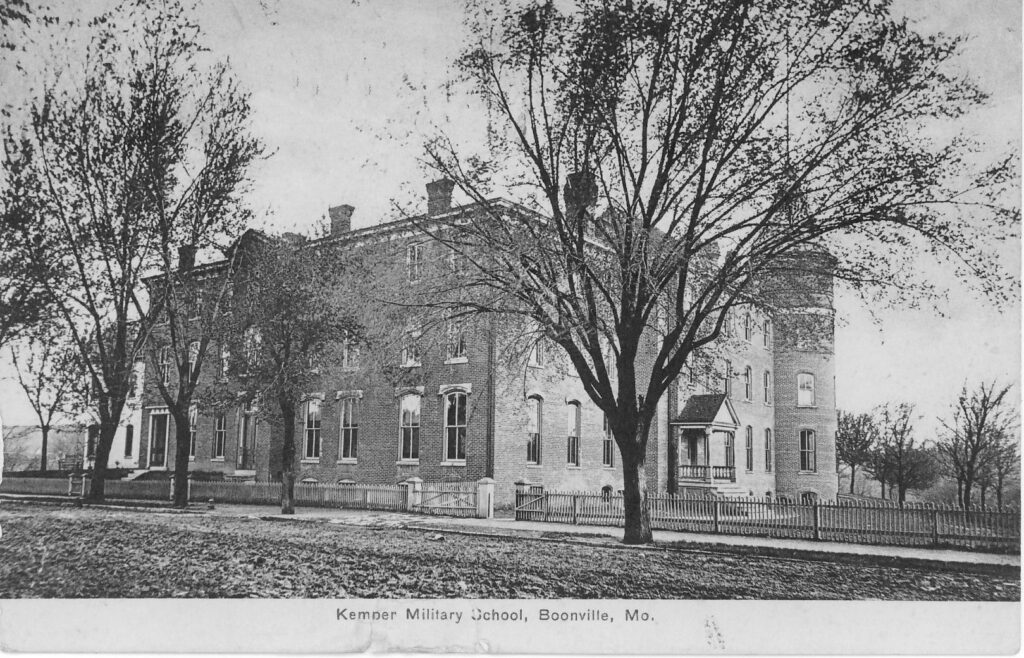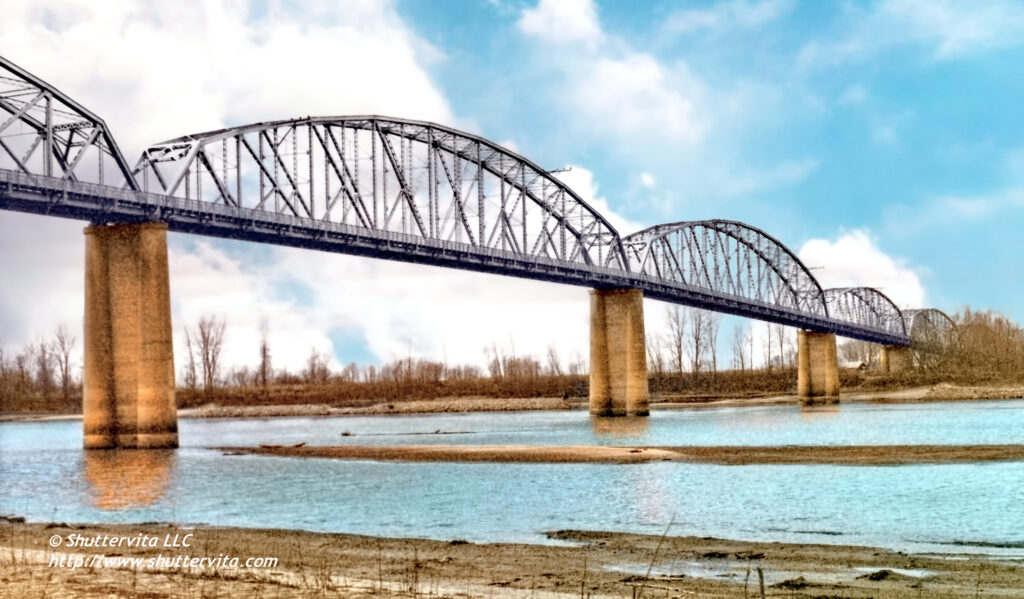Boonville has a rich history dating back thousands of years; Native Americans inhabited the area for 10,000 years.
History
Establishing the City
In the early 1800’s Daniel Boone’s sons, Nathan and Daniel Morgan, came upon the salt lick in present day Howard County, just across the river. Recognizing the value of salt for pioneers, the Boone brothers settled and opened shop, thus the original Boone’s Lick or Boonslick name. In 1810 widow Hannah Cole and her nine children homesteaded the Boonslick area.
The town was formally platted in 1817 and prospered in the late 1820’s. Throughout the 1820’s and 30’s the town was home to river trade and a jumping-off point for the Santa Fe Trail. On February 10, 1839, the city was officially incorporated.
Caught in the Middle
The development of the railroad and the start of the Civil War dramatically changed Boonville. Because of its prime location on the river, Boonville was sought after by both the Confederates and the Union armies.
Historically Rich
Boonville saw two civil war battles and two occupations; it is the major intersection of south and north, east and west. Boonville is proud to preserve, celebrate, and recognize all of its history.
Boonville features multiple historic markers throughout the town pointing out various Civil War, Lewis and Clark, and Santa Fe Trail landmarks, as well as other significant points of interest.







